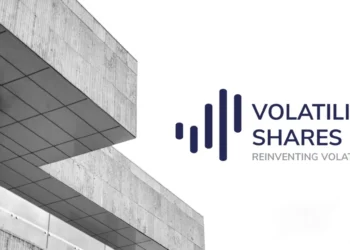Last updated on December 4th, 2024 at 03:12 pm
The cryptocurrency market was recently shaken by a major move from the US government, which transferred 20,000 Bitcoin—worth about $1.9 billion—from a wallet tied to the Silk Road dark web marketplace to Coinbase. This transfer is the latest in a series of high-profile moves by the government, fueling fresh speculation about its ongoing influence over the market. The event sent ripples across the crypto community, particularly in relation to Bitcoin’s price and the broader impact on digital assets.
The transfer unfolded in two stages. First, a small test transfer of just 0.001 BTC—roughly $97—was made. Then came the larger transfer of 19.8K BTC, a massive $1.92 billion worth of Bitcoin. Initially sent to an intermediary wallet, the funds were ultimately moved to Coinbase, one of the world’s largest cryptocurrency exchanges. While the transfer itself was straightforward, its timing and scale had a noticeable impact on Bitcoin’s price.
Following the news of the transfer, Bitcoin’s price took a sharp dive, briefly falling to $94,497 before recovering slightly to around $95,374. The price fluctuation was a reminder of how sensitive the crypto market can be to large transactions, especially when they involve government-controlled assets. This kind of market movement—triggered by such significant transfers—raises questions about the broader impact of government activity in the crypto space.
This latest transfer isn’t an isolated case. Back in August 2024, the US government moved 10,000 BTC (worth about $600 million at the time) from the same Silk Road-linked wallet to Coinbase. These moves are part of a broader pattern of large-scale crypto transfers by the US government, which has been quietly amassing a substantial portfolio of digital assets. In total, the government now holds around 188,409 Bitcoin, 59.568K Ethereum (valued at $213.27 million), and 122.131 million USDT, a widely-used stablecoin. With an estimated total value of $18 billion, the US government’s crypto holdings are a significant force in the market.
The movement of such a large amount of Bitcoin naturally raises concerns. Some market observers wonder whether the government’s control over such a large swath of the crypto market could skew price movements or create uncertainty among investors. It also highlights the US government’s growing role in the world of digital assets, especially as cryptocurrency becomes more integrated into mainstream finance. As institutional adoption of cryptocurrencies continues to increase, the government’s actions will likely continue to influence the market in profound ways.
While there is still much debate about how to regulate digital assets, the US government’s involvement in the crypto space serves as a reminder of the complexity and potential volatility of this new financial landscape. With more government-held assets likely to enter the market in the future, the impact of these moves will continue to be felt—shaping both the market’s growth and the regulatory environment around it.
If you want to read more articles like this, visit DeFi Planet and follow us on Twitter, LinkedIn, Facebook, Instagram, and CoinMarketCap Community.
“Take control of your crypto portfolio with MARKETS PRO, DeFi Planet’s suite of analytics tools.”





















